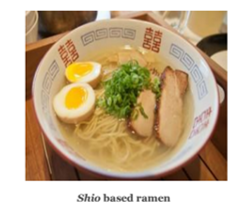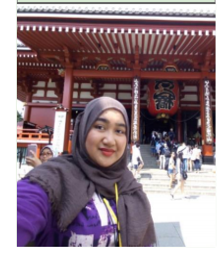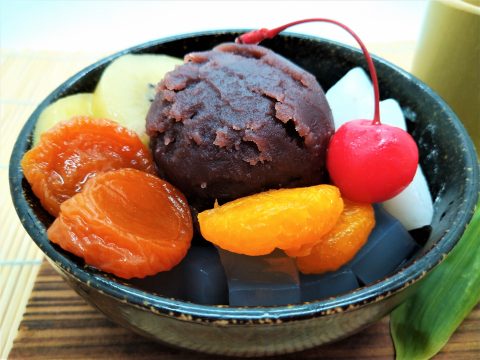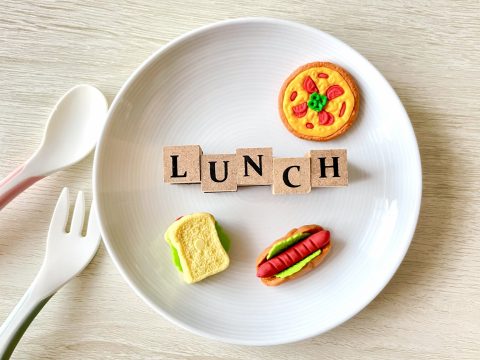JAPANESE RAMEN
JAPANESE FOODS
08.11.2018
As part of the Japanese food industry tour group, we were brought to many places to have a taste and experience the many different types of Japanese cuisine such as the tofu dinner (yudofu) near the Kiyomizu-dera temple or the yuba lunch we had after visiting Kinka-ji temple or the massive Japanese buffet (kaiseki) we had in Meiji Kinenkan on the last day of the tour. We even had the pleasure of eating bento sets during our travels from Osaka to Kyoto and from Nagoya to Tokyo. I loved every bit of these. But one Japanese cuisine that had me falling head over heels was the Japanese ramen.
Being a Muslim, there are foods that we cannot ingest such as pork and alcohols. Any dish that are made based on these, we simply cannot eat them. When we found out that there is a Halal ramen restaurant in Asakusa, where we had our last excursion for the tour, we did not hesitate and straight away headed to the restaurant, of course after having a tour around the Senso-ji temple. We went into Naritaya Restaurant and straight away looked into what they has to offer. We were excited to try authentic and halal Japanese Ramen. Each of us ordered different menu so that we could have a taste at each other’s. They were simply delicious.
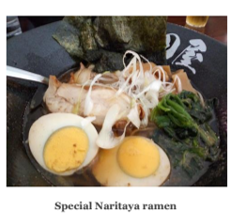
Ramen is basically a broth- Special Naritaya ramenbased dish, quite similar to Bruneian’s soto (so-to). There are many varieties of ramen with different areas of Japan having their own regional versions such as the Hokkaido’s Sapporo miso ramen or Tokyo-styled ramen. The general idea of a ramen is the noodle and the broth. The broth is usually made from chicken, beef or fish stock with onions and shitake mushrooms. There are many different versions of the broth that can be categorised into 4 basic flavours i.e. shoyu (soy sauce), shio (salt), miso or curry.
The noodles also varies as there are many ways to make them. The basic ingredients to make the ramen noodles are wheat flour, salt, water and kansui (alkaline water that contains minerals that will make the noodles to be more firm and yellowish in colour). Eggs can be use as substitute of kansui. After both the noodles and broth are placed into a bowl, a multitude of toppings are placed on them. Usually, there will be slices of chicken or beef, a few sheets of nori, menma (fermented bamboo shoots), boiled egg and scallions. These are sometimes optional, so you can ask the restaurant to leave out some if you do not want it. But, it is better to have everything as they will give you the sensation of originality of the Japanese ramen.
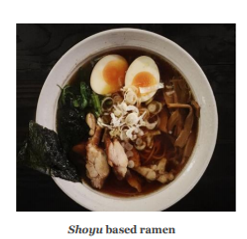
Shio based ramen
Japanese ramen gives a special after-effect: it makes you feel warm and homey. This is the perfect definition of a comfort food. In Brunei, soto also gives us this feeling. Since good Japanese ramen is expensive or quite hard to find in Brunei, every time I have cravings for it, I just buy myself a nice bowl of soto and imagine myself to be in Japan, slurping down on a hot bowl of ramen. If I have the chance to go to Japan again, I will, definitely, get myself to a good halal ramen restaurant and order the biggest bowl they have. Maybe you will me there in the near future.
